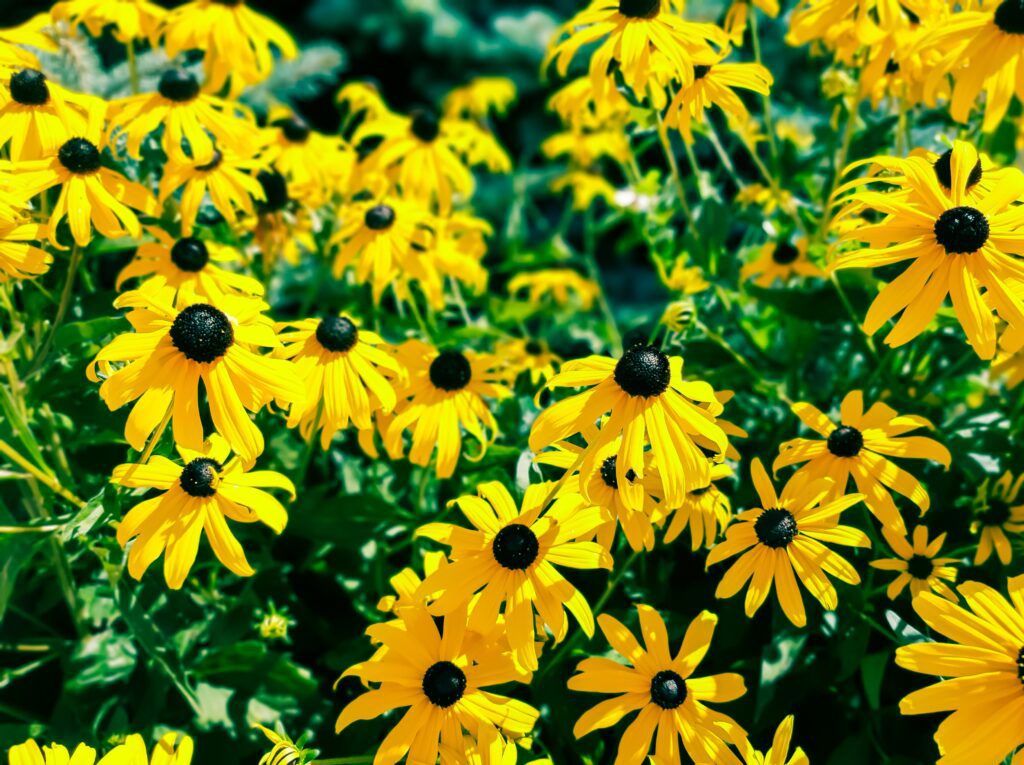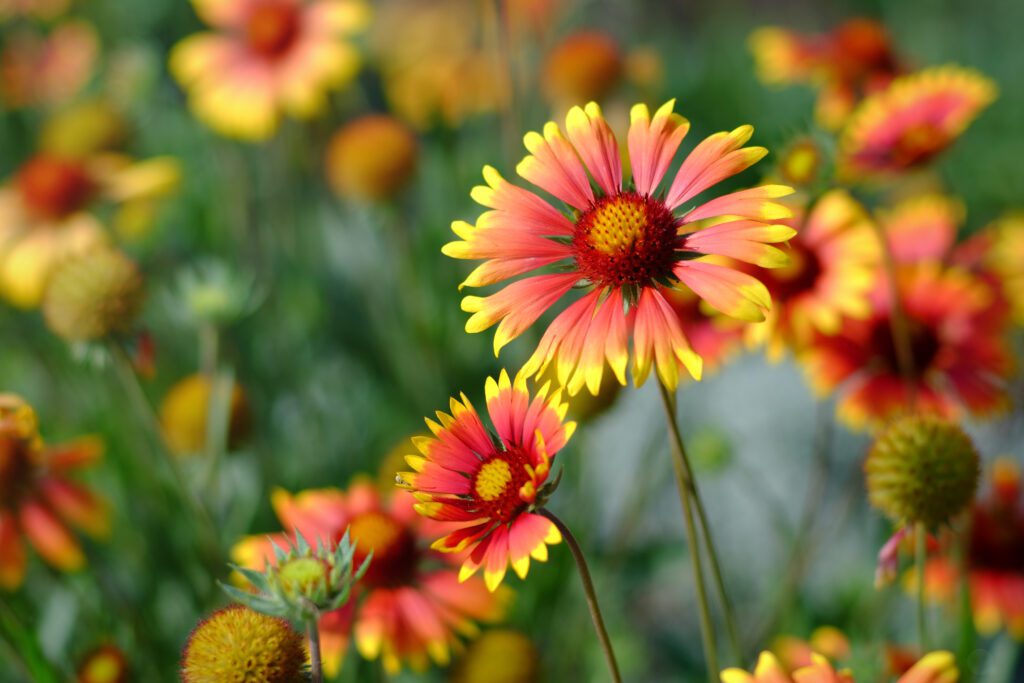The best time to plant flowers in Maine is in the spring after the last frost date. The statewide average last frost date is May 15, but it can be as early as April 15 in southern Maine and as late as June 15 in northern Maine.
You can find your local last frost date on the Farmers’ Almanac website. If you’re not sure which flowers to plant, here are some of the most popular annuals in Maine: impatiens, petunias, marigolds, zinnias and cosmos.
When To Plant Flowers In Maine
Welcome to our blog! We are here to help you figure out when the best time to plant flowers in Maine. We will give you tips and tricks on how to select the right flowers for your climate and soil, when to plant them, and how to care for them. Stay tuned for more from us!

What Flowers To Plant In Maine
Maine is blessed with a long growing season, giving gardeners the opportunity to enjoy a wide variety of flowers and plants. With proper planning, you can have flowers blooming in your garden from early spring all the way through late fall.
Here are some of the best flowers to plant in Maine, based on the state’s climate and growing conditions:
Pansies – Pansies are one of the first flowers to bloom in the spring, and they’re also one of the most tolerant to cold weather. They’re a great choice for gardeners who want to add some color to their landscape early in the season.
Impatiens – Impatiens are another good option for adding color to your spring and summer landscape. They come in a wide range of colors and can tolerate partial shade, making them ideal for gardens that don’t get full sun all day long.
Marigolds – Marigolds are a classic choice for summertime gardens. They’re heat tolerant and available in a variety of colors, including Orange, yellow, and red. Marigolds also have the added benefit of being able to deter pests such as rabbits and deer from eating your other plants.
Zinnias – Zinnias are another heat-tolerant annual that adds bright color to summertime gardens. They come in a wide range of colors, including white, pink, purple, red, orange, and yellow. Zinnias are also attractive to butterflies, which makes them a great addition to any garden that aims to attract pollinators.
Mums – Mums are one of the best choices for adding color to your fall landscape. They come in a wide range of colors and bloom well into autumn. Mums do best in full sun but can tolerate partial shade if necessary.
Where To Plant Flowers In Maine
In Maine, the planting season for most flowers runs from mid-May to early June. Hardy annuals, such as petunias and impatiens, can be planted a little earlier, as soon as the soil can be worked.
Tender annuals, such as marigolds and zinnias, should not be planted until all danger of frost has passed. Perennials can also be planted in the spring, although fall is generally the best time to plant them.
How To Plant Flowers In Maine
Maine is a state located in the New England region of the northeastern United States. According to the USDA Plant Hardiness Zone Map, Maine is located in zones 3b-5a. This means that the average annual minimum temperature is -35 to -30 degrees Fahrenheit.
The best time to plant flowers in Maine is during the spring or fall. The spring season starts in April and lasts through May. The fall season begins in September and ends in October. These are the two best times to plant because the soil is not frozen and the temperatures are not too hot or too cold.
Flower Gardening Tips For Maine
The growing season in Maine is relatively short, so it’s important to make the most of it by planning ahead. These tips will help you get the most out of your flower garden.
Start with a plan. Decide what kinds of flowers you want to grow and where you want to plant them. Draw a map of your garden so you can keep track of what goes where.
1.Choose flowers that are well suited to Maine’s climate. Some varieties that do well in Maine include lilies, roses, and daisies.
2. Plant your flowers in early spring, as soon as the ground is thawed and while there is still a risk of frost. This will give them a head start on the growing season.
3. Be sure to water your plants regularly, especially during hot, dry periods. wilting leaves are a sure sign that your flowers need more water.
4. Apply a layer of mulch around your plants to help retain moisture and keep weeds at bay. 5. Deadhead spent blossoms to encourage your plants to produce more flowers.
6. Enjoy your garden!
Native Flowers Of Maine
There are many beautiful flowers that native to Maine. Some of these flowers are:
1. Black-eyed Susans
2. Blanket Flowers
3. Butterfly Weed
4. Cardinal Flowers
5. Coneflowers
6. Coreopsis
7. Crazy Daisies
8. Echinacea
9. Goldenrod
10. Liatris
11. Milkweed
12. New England Asters
13. Prairie Coneflowers
Flowers That Thrive In Maine
Maine is blessed with a long growing season, but you’ll still get the best results if you plant your flowers at the right time. Here’s a guide to some of the most popular flowers and when to plant them so they’ll thrive.
Pansies and violas are among the first flowers to bloom in spring, so plant them in early April. You can also start seeds indoors in February or March. May is the perfect time to plant petunias, impatiens, and marigolds. All three of these flowers are heat-loving, so they’ll do well even in the hottest summers.
If you want your garden to have a long season of color, plant zinnias in June. They’ll continue blooming until frost. Dahlias are another good choice for summer color; plant them in July or August. Chrysanthemums are one of the few flowers that actually bloom better in fall than summer. Plant them in late August or September for gorgeous blooms in October and November.

Planning Your Flower Garden In Maine
Here in Maine, we are fortunate to have a long gardening season. By starting your plants from seed, you can get a jump on the season and have blooming flowers much earlier than if you waited to purchase plants from a nursery.
With a little planning, you can have color in your garden from early spring until late fall. Annual flowers are an easy way to add color to your garden with very little effort. Annuals are planted in the spring, bloom all summer long, and then die at the end of the season.
Some annuals will self-seed (drop their seeds and grow new plants the following year), but most will not. This means that you will need to replant annuals every year if you want them in your garden. Biennials are plants that take two years to complete their life cycle. They germinate (sprout from seed) the first year, grow leaves and roots, overwinter (survive the winter), and then bloom and produce seeds the second year.
After blooming and producing seeds, biennials die. Because biennials take two years to complete their life cycle, they are not often planted in gardens. However, some biennials (such as hollyhocks) self-seed readily and will come back year after year with very little effort on your part.
Perennials are plants that live for more than two years. They germinate, grow leaves and roots, overwinter, bloom, and produce seeds like biennials do; but unlike biennials, they do not die after blooming and producing seeds. Many perennials will bloom for several weeks or even months; others may only bloom for a few days or weeks. Perennials can be evergreen (they keep their leaves all year) or deciduous (they lose their leaves in winter).
